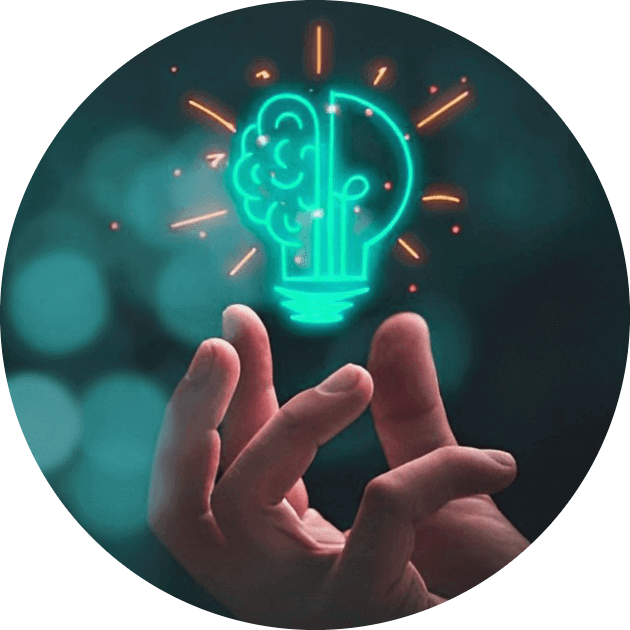
Neuroplasticity can be a powerful tool for restoring normal brain functions, as well as for treating a range of neurological and mental health issues. So neuroplasticity can be beneficial not only in the case of brain injury but autism as well.
Benefits of Neuroplasticity
One of the main benefits of neuroplasticity is its ability to help us recover from physical and mental injuries. For example, neuroplasticity has been used to help stroke victims regain lost motor and sensory functions. Neuroplasticity can also be used to treat neurodegenerative diseases like Parkinson’s, as well as mental illnesses such as depression and anxiety. Neuroplasticity can be used to rewire neural pathways in order to make them stronger, more efficient, and more resilient.
Neuroplasticity can also be used to improve cognitive abilities such as memory, attention, and learning. It has been used to help people with learning disabilities, including dyslexia, by allowing them to make better use of their existing neural pathways. By strengthening existing connections and creating new ones, neuroplasticity can help people learn new skills more quickly.
Neuroplasticity can be used to help us stay mentally fit and healthy throughout our lives. By stimulating our brains in different ways – for example, by learning new things or practicing mindfulness – we can keep our minds sharp and resilient. Neuroplasticity gives us the ability to adapt to changes in our environment or lifestyle, and this can help us stay mentally fit and healthy into old age.
The Limitations of Neuroplasticity
Neuroplasticity is an incredibly powerful and effective tool for healing the brain, but it does have its limitations. For one, neuroplasticity doesn’t work as quickly or efficiently as some people think. It’s important to remember that neuroplasticity can take time to fully manifest in the brain, and depending on the condition, it may not ever fully cure the issue at hand.
Additionally, neuroplasticity isn’t always a permanent fix. The brain is constantly changing and adapting, which means that neuroplasticity may be helpful in the short-term but not necessarily the long-term. It is also possible that changes made through neuroplasticity can become unstable over time, leading to the original problem returning.
Finally, neuroplasticity has its limits in terms of what it can treat. Neuroplasticity is largely focused on healing physical brain issues, such as certain types of brain injuries, rather than mental health issues like depression and anxiety.
Overall, neuroplasticity is a useful tool for healing the brain, but it is important to be aware of its limitations. With proper awareness and care, neuroplasticity can be used effectively to treat a variety of conditions.
Related articles:
Brain plasticity exercises Part1
Can the brain be cured? – What is neuroplasticity?
Resources
- m B-R, SeoH-S, Ku J-M, et al. Silibinininhibits the production of pro-inflammatory cytokines through inhibition of NF-κB signaling pathway in HMC-1 human mast-cells. Inflammation. Research. 2013;62(11):941-950. doi:10.1007/s00011-013-0640-1.
- ChapowalA. PetasitesStudy Group. Randomisedcontrolled trial of butterbur and cetirizine for treating seasonal allergic rhinitis. BMJ 2002;324:144-6.
- Hayes, N. A. and Foreman, J. C. The activity of compounds extracted from feverfew on histamine release from rat mast-cells. J Pharm Pharmacol1987;39(6):466-470
- Hsieh et al. Baicalein inhibits IL-1ß- and TNF-a-induced inflammatory cytokine production from human mast-cells via regulation of the NF-?B pathway. ClinMolAllergy. 5: 5. 2007.
- TheoharidesTC, Patra P, Boucher W, et al. Chondroitin sulphateinhibits connective tissue mast-cells. British Journal of Pharmacology. 2000;131(6):1039-1049. doi:10.1038/ sj.bjp.0703672.
- Ro JY, Lee BC, Kim JY, et al. Inhibitory mechanism of aloe single component (alprogen) on mediator release in guinea pig lung mast-cells activated with specific antigenantibodyreactions. J PharmacolExpTher. 2000;292:114–121. 73.
- https://www.ncbi.nlm.nih.gov/pubmed/24477254
- https://www.ncbi.nlm.nih.gov/pubmed/28458279
- https://www.ncbi.nlm.nih.gov/pubmed/9421440
- https://www.ncbi.nlm.nih.gov/pubmed/10344773
- https://www.ncbi.nlm.nih.gov/pmc/articles/PMC4315779/


